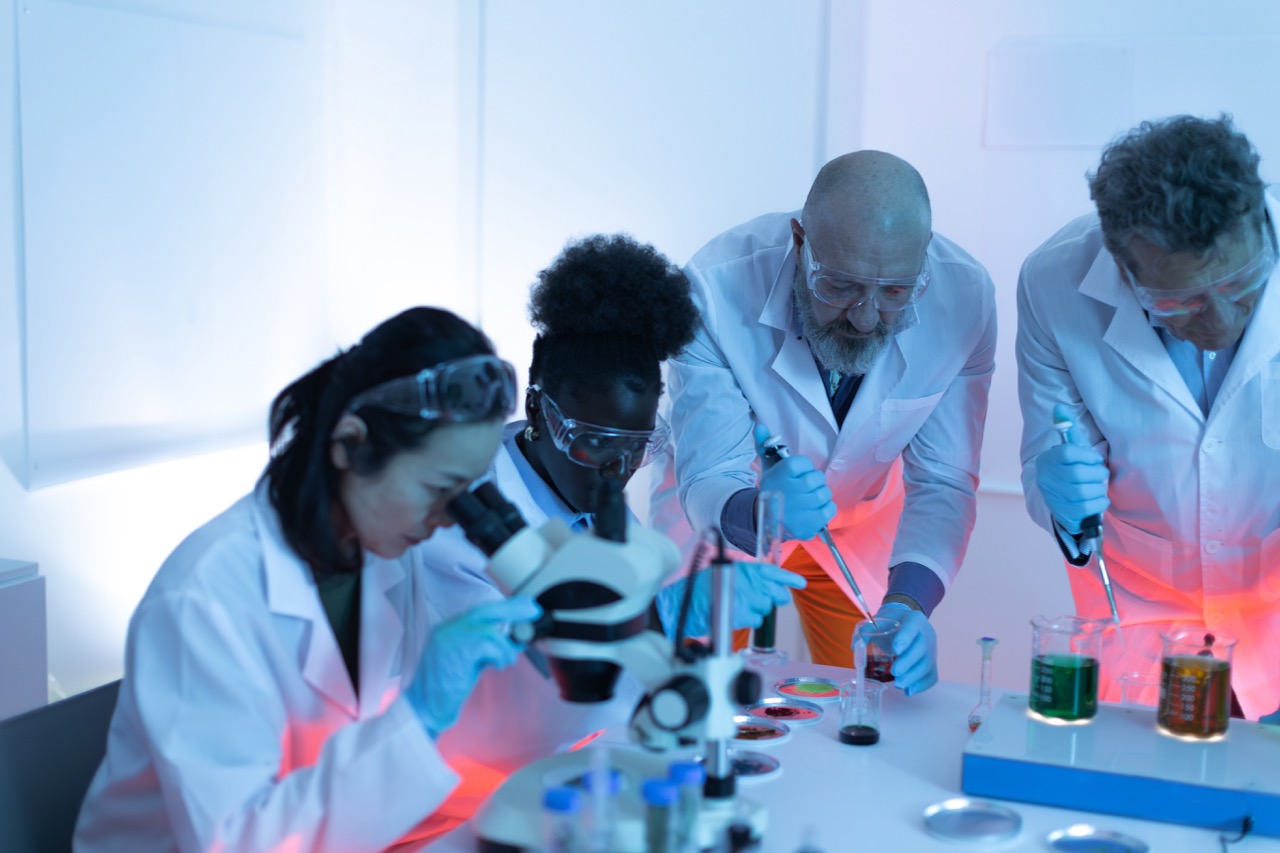The field of chemistry, much like many scientific disciplines, has often been dominated by male figures, overshadowing the significant contributions made by women. Throughout history, female chemists have played crucial roles in advancing scientific understanding, yet their stories and achievements have frequently been forgotten or underappreciated. This article sheds light on the pioneering women who not only made remarkable contributions to the field of chemistry but also paved the way for future generations of scientists. By exploring their impact, breakthroughs, and the importance of recognizing their legacy, we can begin to give credit where it is due.
Shining a Light on Pioneer Women in Chemistry History
The history of chemistry is rich with names that have shaped the discipline, yet the contributions of women have often been relegated to the margins. Pioneers such as Marie Curie, known for her groundbreaking work on radioactivity, are celebrated, but many others remain largely overlooked. Historical narratives frequently focus on male chemists, leaving behind a wealth of female achievement that deserves recognition. Figures like Alice Ball, who developed the "Ball Method" for treating leprosy, and Lise Meitner, who co-discovered nuclear fission, exemplify the critical yet often forgotten roles that women played in scientific advancement.
Throughout the late 19th and early 20th centuries, societal barriers and gender biases limited women’s access to formal scientific education and research opportunities. Despite these challenges, many women pursued chemistry with passion and resilience. They faced systemic obstacles, yet their determination led to significant innovations in chemistry and beyond. By examining their experiences, we gain insight into the historical context that shaped their careers and the contributions they made to the field.
Revisiting the narratives of these forgotten female chemists serves a dual purpose: it not only honors their legacy but also inspires new generations of scientists. Today, there is a growing movement to rediscover and celebrate the women who have been sidelined in the scientific canon. Efforts to include these women in textbooks and academic discussions are essential in creating a more equitable representation of science history.
Overlooked Contributions: Impact of Female Chemists
The contributions of female chemists often remain unrecognized, even when their work has had a profound impact on modern science. Chemists like Rachel Lloyd, the first woman to earn a Ph.D. in chemistry in the United States, made significant strides in understanding carbohydrate chemistry, yet her contributions are seldom highlighted in mainstream narratives. Likewise, Mary Anning’s work in paleontology and geology provided foundational insights into the field, yet her contributions were largely unacknowledged during her lifetime.
The influence of women in chemistry extends beyond individual discoveries; their collaborative efforts transformed scientific practices. For instance, the team of female chemists known as "The West Coast Chemists," which included the likes of Mildred Cohn and Carolyn Bertozzi, played pivotal roles in advancing analytical techniques that have become standard in laboratories today. Their collaborative spirit fostered an environment of innovation and mentorship that has had lasting implications for the role of women in science.
Recognizing these overlooked contributions is vital, as it highlights the collaborative nature of scientific progress. Chemistry is not a solitary endeavor; it thrives on shared knowledge and diverse perspectives. By acknowledging the impact of female chemists, we not only celebrate their achievements but also inspire future scientists to embrace inclusivity and collaboration in their work.
Breakthrough Discoveries by Women in Chemical Science
Women chemists have made landmark discoveries that have reshaped our understanding of chemical processes and materials. One notable example is Dorothy Hodgkin, who won the Nobel Prize in Chemistry in 1964 for her work on X-ray crystallography. Hodgkin’s research elucidated the structures of vital biochemical compounds, including penicillin and vitamin B12, providing a foundation for drug design and molecular biology. Her legacy continues to influence contemporary research in structural biology and medicinal chemistry.
Another significant figure is Frances Arnold, who won the Nobel Prize in Chemistry in 2018 for her pioneering work in directed evolution. Arnold’s method of creating enzymes through laboratory evolution has revolutionized the field, enabling biocatalysis that is more efficient and environmentally friendly. This work not only emphasizes the importance of female leadership in scientific innovation but also illustrates how diverse approaches to problem-solving can lead to groundbreaking results.
Moreover, women like Angela Belcher, who integrates biological processes with materials science to develop sustainable energy solutions, showcase the interdisciplinary nature of modern chemistry. Belcher’s work exemplifies how women in the field are pushing the boundaries of traditional chemistry, contributing to advancements in renewable energy and nanotechnology. These breakthroughs reveal the critical role women play in addressing some of the most pressing scientific challenges of our time.
Honoring Legacy: Recognizing Forgotten Female Chemists
To honor the legacy of forgotten female chemists, it is essential to incorporate their stories into educational curricula and public discourse. By highlighting the achievements of women such as Marie Maynard Daly, the first African American woman to earn a chemistry degree in the United States, and her work on cholesterol and hypertension, we can inspire a new generation of scientists. Creating awareness about these pioneers not only rectifies historical oversights but also fosters a more inclusive understanding of scientific progress.
Institutions and organizations dedicated to science are increasingly recognizing the importance of diversity in their narratives. Initiatives such as the establishment of research grants and awards specifically for women and underrepresented groups in the sciences serve to encourage participation and recognition. These efforts help to ensure that the contributions of women are not only acknowledged but celebrated within the broader scientific community.
In addition to institutional recognition, it is crucial for individuals and communities to engage in conversations about the achievements of women in chemistry. Public lectures, workshops, and social media campaigns can play a significant role in amplifying these voices. By actively promoting the stories of forgotten female chemists, we can contribute to a richer, more equitable history of science that honors the diverse contributions that have shaped our understanding of chemistry today.
The legacy of female chemists is a testament to the power of perseverance and innovation in the face of adversity. By shining a light on the stories of these pioneering women, we not only rectify historical narratives but also inspire future generations of scientists to embrace diversity and collaboration in their work. Recognizing and honoring the contributions of forgotten female chemists is essential to creating a more inclusive scientific community that celebrates all voices and perspectives. As we continue to explore the rich history of chemistry, let us commit to ensuring that the contributions of women are no longer forgotten but instead celebrated as integral to the progress of science.










